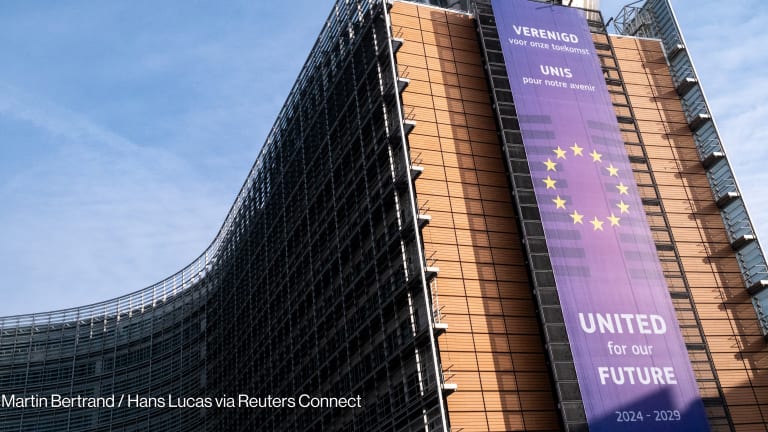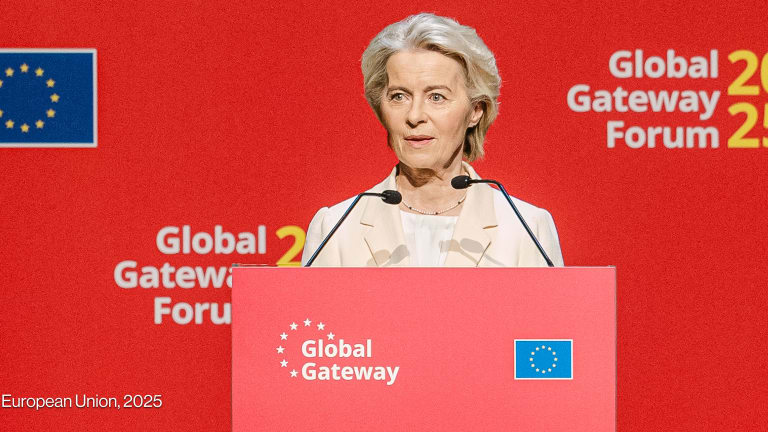
The European Commission announced Wednesday that it would increase its initially proposed €1.6 billion ($1.6 billion) humanitarian aid budget for 2023 by a further €150 million, citing the food crisis resulting from Russia’s full-scale invasion of Ukraine.
However, that was well below the €900 million increase that members of the European Parliament and NGOs were calling for, to at least maintain the level of funding from the previous year. VOICE, a humanitarian NGO network, tweeted that the €150 million should be just “a first step.”
“It will not be enough,” Tomas Tobé, the chair of the European Parliament’s development committee told Devex. “With multiple crises around the world, such as the devastating floods in Pakistan and the drought and hunger crisis in the Horn of Africa, it is clear that we will need more. The EU has a key role, not only by pledging funds, but also by taking the lead and pushing to broaden the donor base for humanitarian assistance.”
Another member of the development committee, Irish MEP Barry Andrews, tweeted after the €150 million was announced that the commission “can and should do more.” With 1 in 33 people worldwide in need of humanitarian assistance, Andrews said humanitarian needs are at an all-time high. In June, the United Nations found that the gap between the humanitarian needs and resources required to meet them was $36.9 billion.
The European Parliament will vote its position on the 2023 budget in a plenary session later this month, before negotiations with EU member states aimed at reaching a deal before the end of the year.
Advocates, MEPs say EU's 2023 aid proposal falls short of need
The war in Ukraine has pushed the EU's long-term humanitarian and development budgets to their limits.
Despite their pleas, aid advocates acknowledge that the EU budget commissioner, Johannes Hahn, is limited by the parameters of the bloc’s 2021-2027 budget. The seven-year financial framework includes reserves to respond to unforeseen crises, though the war in Ukraine has largely depleted these for both the commission’s humanitarian and development departments.
Now, EU humanitarian commissioner Janez Lenarčič is pushing again for new budget tools to help the commission — the third-largest humanitarian aid donor in the world behind the United States and Germany — meet growing humanitarian needs.
There is almost a precedent. When the EU undertook €750 billion worth of joint borrowing in 2020 to respond to the COVID-19 pandemic, the Council of the EU — representing member states — removed a proposal from the commission for an additional €5 billion in humanitarian aid for the rest of the world. The rationale then from the council was that such funds could not go to countries outside the bloc, though an aid official at the time told Devex that the legal argument was “artificial.”
San Bilal, head of economic recovery and transformation at the think tank ECDPM, told Devex that one option could be to front-load spending from the EU budget to cover the exceptionally high needs in 2023. At the same time, Bilal said, “EU member states should also seek to establish trust funds and other global funds to support Ukraine and the impact of Russian war on poorer countries.”
The commission is currently working on what’s been dubbed the “RebuildUkraine Facility,” aiming to combine the 2021-2027 budget with member states contributions, and discussing the prospect of more joint borrowing to deal with soaring energy prices in Europe. Yet the idea of also stepping up support to low-income countries, beyond the thresholds set in the existing 2021-2027 budget framework, has yet to feature prominently.
Jutta Urpilainen, the EU commissioner for development policy, told Devex at a press conference this week that she would be “delighted” to receive more resources for external spending, “but this is in the hands of the [EU’s 27] member states.”








